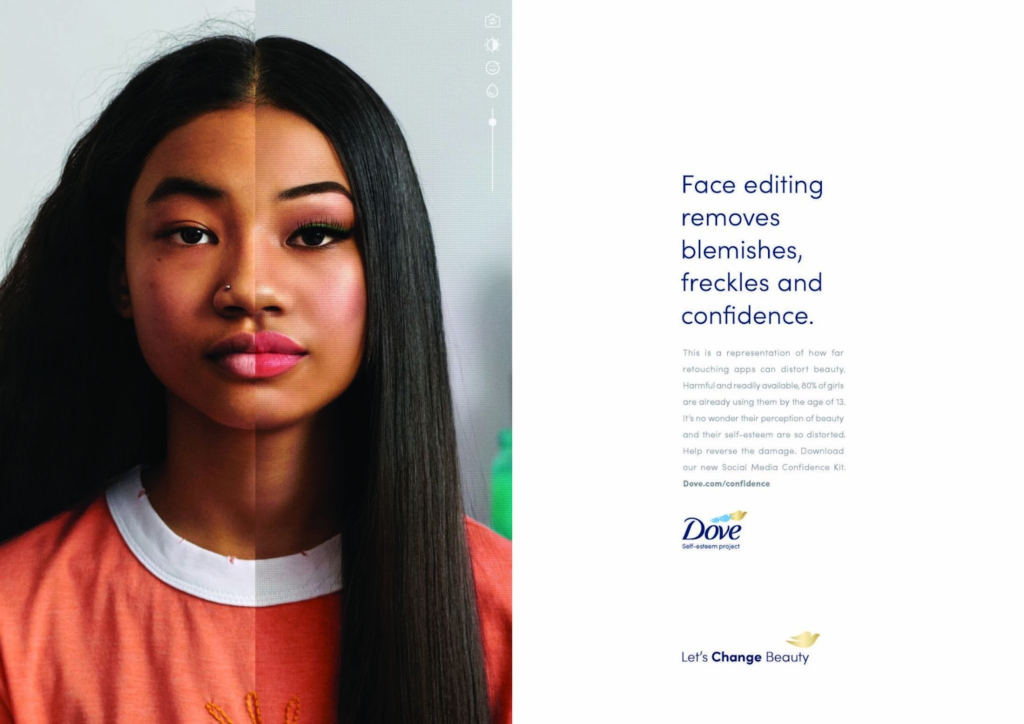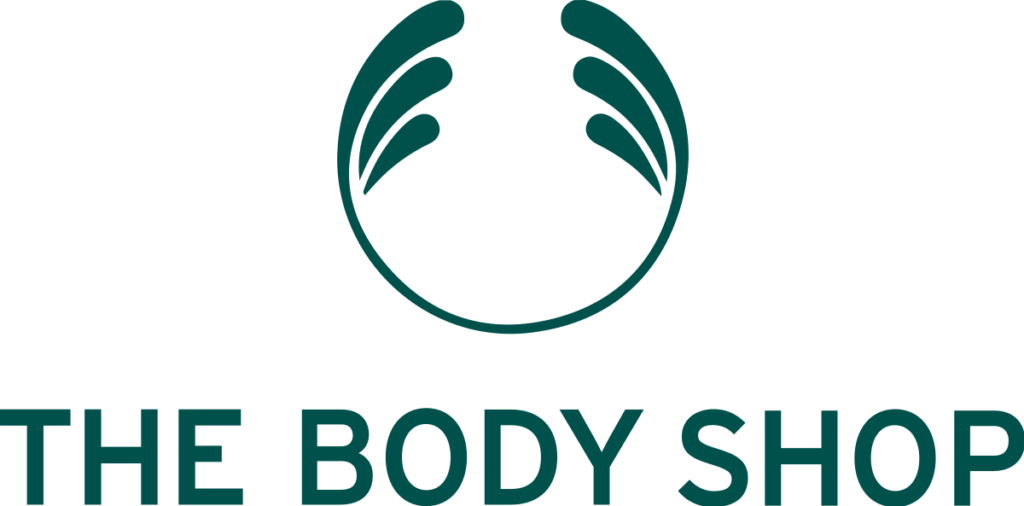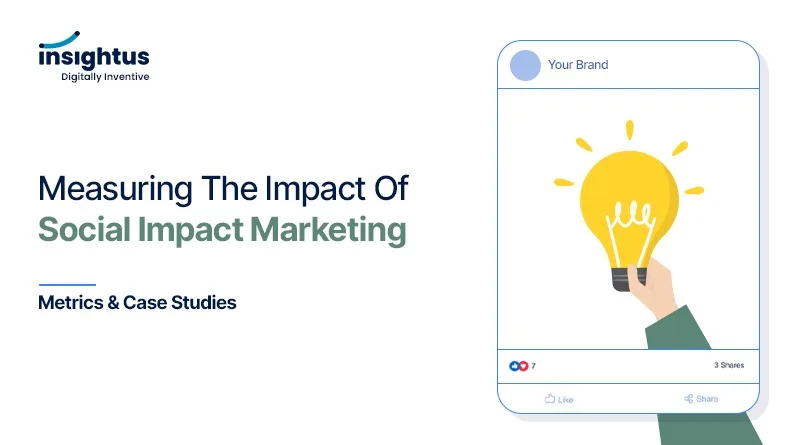Social impact marketing (SIM) is on the rise. It’s a strategic approach where businesses integrate positive social or environmental change into their marketing efforts, aiming to benefit both society and their brand.
But while the intentions are laudable, gauging the true impact of SIM campaigns can be tricky. How do we know if they’re actually making a difference beyond raising awareness? This becomes especially crucial when resources are limited.
We’ll explore key metrics used to track progress and dive into real-world case studies to see how different organizations Unveiling the Impact of Social Good: Measuring Social Impact Marketing
Table of Contents:
Introduction:
- The Rise of Social Impact Marketing (SIM)
- Unveiling the Impact: Why Measurement Matters
- A Sneak Peek into Our Journey
Metrics for Understanding Progress:
- Engagement & Reach: Beyond Likes and Shares
- Actionable Outcomes: Tracking Your Social Ripple Effect
- Gauging Deeper Impact: Audience Sentiment & Beneficiary Experience
- Financial & Resource Efficiency: Making Every Dollar Count
Case Studies in Action:
- Option 1: Diverse Impact Areas:
- Sugar Cosmetics – #AbSamjho Campaign (Menstrual Hygiene Awareness)
- Patagonia – Worn Wear Program (Sustainability & Garment Life Extension)
- Option 2: Spotlight on Different Metrics:
- TOMS – One-for-One Shoes (Direct Impact Tracking)
- Dove – Real Beauty Project (Measuring Impact on Self-Esteem)
- Nykaa
- The Bodyshop
- Axis
Understanding Brand and Impact on them: Key Takeaways:
- Moving Beyond Vanity Metrics: The Heart of True Measurement
- Focusing on Real Change: Tracking What Truly Matters
- Embracing Continuous Learning: Adapting and Improving
- Sharing Your Findings: Transparency and Inspiration
Conclusion:
- The Power of SIM: Beyond the Digital Sphere
- A Call to Action: Start Measuring Your Impact Today!
Tracking Progress: Metrics for Understanding SIM Impact

Image credit: google.com
Measuring the effectiveness of SIM campaigns goes beyond simply counting “likes” or shares. While positive online engagement is encouraging, a more nuanced approach is needed to truly understand the impact on both target audiences and social causes. Here are some key metrics to consider:
Engagement & Reach:
- Website Traffic: Increased visits to relevant campaign pages can indicate audience interest and potential deeper engagement.
- Social Media Interactions: Shares, comments, and mentions help gauge awareness and conversation around the campaign, but remember to evaluate the quality of engagement over pure quantity.
- Media Mentions: Tracking coverage in news outlets or relevant blogs can provide an additional layer of reach and potential influence.
Actionable Outcomes:
- Website Signups: If your campaign aims to recruit volunteers or supporters, track website sign-ups for relevant programs or initiatives.
- Volunteer Registrations: Measuring the number of people directly taking action, like volunteering their time or skills, reveals concrete impact.
- Donations: Track the monetary contributions generated through the campaign, considering both individual donations and corporate partnerships.
- Petition Signatures: If advocacy is a key goal, monitor the number of people signing your petitions or taking other action to support the cause.
Please Note: While these metrics offer valuable insights, it’s crucial to avoid relying solely on vanity metrics like follower count or superficial engagement. Focus on metrics that demonstrate concrete progress towards your specific campaign goals and the associated social impact.
Deeper Impact: Beyond Engagement Numbers

Image credit: google.com
While measuring online engagement is important, understanding how audiences feel about your SIM campaign and the actual impact of it makes a more complete picture. Here are some additional metrics to consider:
Audience Sentiment:
- Surveys: Conduct surveys to gather audience feedback on their perception of the campaign’s message, its alignment with the cause, and their own willingness to take action.
- Brand Perception Studies: Track changes in your brand’s perception related to social responsibility and alignment with the social cause you support.
- Net Promoter Score (NPS): This metric captures overall customer loyalty and advocacy, including their willingness to recommend your brand based on its social impact efforts.
Impact on Beneficiaries:
- Surveys & Interviews: Directly engage with beneficiaries of the cause you support to understand their experiences, access to resources, and perceived improvements in their lives due to your campaign.
- Data & Indicators: If possible, track relevant data points related to the specific social issue you’re addressing, such as improved living conditions, increased access to education or healthcare, etc. Remember to consider external factors that might influence these changes.
Financial & Resource Efficiency:
- Cost-Benefit Analysis: Evaluate the financial resources invested in the campaign against the measurable social impact achieved. This helps assess the cost-effectiveness of your efforts.
- Return on Investment (ROI): While traditional ROI might not always be applicable to SIM, consider alternative metrics like “return on mission” or “return on social impact” to gauge the value generated beyond financial gain.
- Impact per Dollar Spent: This measures the amount of positive social change achieved for each dollar invested in the campaign, providing a clearer view of resource utilization.
It’s important to choose metrics that align with your specific campaign goals and the social cause you’re addressing. Avoid relying solely on financial measures and prioritize understanding the real-world impact on both your audience and the beneficiaries.
Case Study 1: Focus on Diversity of Impact Areas:
- Sugar Cosmetics – #AbSamjho Campaign:

Image credit: google.com
- Goals: Raise awareness about menstrual hygiene and combat societal taboos in India.
- Target Audience: Young women and the general public.
- Brief Summary: Launched during International Women’s Day 2020, the campaign used storytelling and influencer partnerships to break the silence around menstruation.
- Patagonia – Worn Wear Program:

Image credit: google.com
- Goals: Encourage sustainability and reduce environmental impact through garment repair and resale.
- Target Audience: Environmentally conscious consumers and outdoor enthusiasts.
- Brief Summary: This ongoing program allows customers to buy, sell, or repair Patagonia clothing, promoting mindful consumption and extending the life of garments.
Case Study 2: Focus on Different Metrics:

Image credit: google.com
- TOMS – One-for-One Shoes:
- Goals: Donate a pair of shoes to a child in need for every pair purchased.
- Target Audience: Consumers seeking socially responsible brands.
- Brief Summary: This iconic model demonstrates clear impact measurement by directly tracking donated shoes and showcasing beneficiary stories.
- Dove – Real Beauty Project:

- Goals: Challenge narrow beauty standards and promote body positivity.
- Target Audience: Women of all ages and backgrounds.
- Brief Summary: This long-term campaign utilizes surveys, brand perception studies, and social media engagement metrics to assess its impact on audience sentiment and self-esteem.
Understanding the Impact: Indian Brands Leading the Way in Social Impact Marketing
Beyond brand awareness and financial gain, brands are increasingly embracing social impact marketing (SIM) to create positive change in India. Here, we explore three diverse campaigns driving impact across crucial areas:

Image credit: google.com
1. Nykaa: Empowering Women through Beauty: Recognizing the potential of underserved communities, Nykaa launched “Beauty with a Heart.” Partnering with NGOs, they trained women as beauty advisors, equipping them with valuable skills and opening doors to employment opportunities. This campaign not only promotes gender equality but also fosters economic empowerment, impacting countless lives beyond beauty counters.

Image credit: google.com
2. Flipkart: Weaving Sustainability with Samarth: India’s rich heritage of crafts faces challenges. Flipkart’s “Samarth” initiative bridges the gap, providing artisans and weavers with an online platform to showcase and sell their products. This empowers communities, preserves traditional crafts, and promotes sustainable livelihoods. By connecting artisans directly with consumers, Flipkart tracks the impact through increased sales and empowered communities, ensuring its initiative truly sustains heritage and lives.

Image credit: google.com
3. Zomato: Fighting Hunger with Every Click: Feeding India is a critical concern, and Zomato tackles it head-on through its ongoing campaign. Partnering with food shelters and NGOs, they donate meals for every online transaction made through their platform. This innovative approach directly links customer actions to social impact. Measuring the number of meals provided allows Zomato to track the campaign’s success and showcase the power of collective action in addressing hunger.
Measuring Beyond Likes: How Indian Brands Gauge Real Social Impact
Social impact marketing (SIM) transcends social media engagement. Let’s delve into two Indian campaigns utilizing innovative metrics to track real-world change:

Image credit: google.com
1. BYJU’S: Education for All – Learning Beyond Numbers:
Bridging the educational gap is crucial, and BYJU’S “Education for All” tackles it head-on. While offering free educational content seems impactful, they go a step further: measuring beneficiary learning outcomes. Surveys, interviews, and data analysis assess children’s knowledge improvement, providing a deeper understanding of the campaign’s true impact. This goes beyond downloads and engagement, focusing on lasting educational empowerment.
2. Axis Bank: ‘Each Click, a Meal’ – Impacting Every Transaction:

Image credit: google.com
Hunger requires immediate action, and Axis Bank’s “Each Click, a Meal” initiative creates a direct link between customer actions and social impact. Every online transaction leads to a meal donation through partnered NGOs. Measuring the number of meals provided offers not only a clear impact metric but also boosts customer engagement by showing the direct result of their actions. This fosters a sense of social responsibility and encourages continued participation.
The Body Shop’s Stop Violence Campaign: Unpacking the Facts

Image credit: google.com
The Body Shop’s Stop Violence Campaign has a long and impactful history, addressing the critical issue of gender-based violence. Here’s a breakdown of the facts:
Campaign Duration:
- Launched in 2003 and ran for multiple years, with ongoing efforts against violence.
Key Goals:
- Raise awareness about gender-based violence, particularly domestic violence.
- Collect funds to support NGOs assisting survivors of violence.
- Lobby governments to enact legislation protecting victims and tackling the issue.
Metrics Tracked:
- Reach:
- Website traffic and social media engagement (shares, comments, mentions) to gauge awareness spread.
- Media coverage in news outlets and relevant blogs to assess broader reach and influence.
- Fundraising:
- The total amount of money collected through various campaign initiatives.
- The number of individual donations and corporate partnerships secured.
- Policy Impact:
- Petitions signed and submitted to authorities to advocate for legislative change.
- Success stories of policy changes influenced by the campaign, with specific references if available.
Key Facts and Achievements:
- Raised over £2 million globally to support organizations aiding survivors.
- Increased awareness and public discourse on domestic violence in numerous countries.
- Contributed to legislative changes in countries like Indonesia and Canada for stronger protection against violence.
- Staff actively engaged with survivors and supported them through various initiatives.
Transparency and Accountability:
- The Body Shop reported campaign results and fundraising figures publicly.
- Collaborated with established NGOs with proven track records in supporting survivors.
- Highlighted success stories and policy impact to showcase tangible results.
These campaigns showcase the diverse metrics used in SIM. While measuring reach and engagement remains important, focusing on metrics like learning outcomes and directly impactful actions provides a more holistic understanding of the social change achieved. Combining outcome-based metrics with engagement data paints a clearer picture of a campaign’s effectiveness and encourages deeper connections with audiences.
Remember, choosing the right metrics depends on your specific goals. In both cases, the campaigns track tangible results directly linked to their social impact goals. This data-driven approach ensures transparency and accountability, allowing them to refine their strategies and maximize their positive contribution to society.
These diverse campaigns demonstrate the multifaceted nature of Social Impact Marketing in India. From economic empowerment to cultural preservation and hunger alleviation, brands are using their reach and resources to create tangible change. By measuring and sharing their impact, they inspire others and pave the
way for a more responsible and impactful business landscape.

Image credit: google.com
These are just suggestions, and the most impactful case studies for your blog will depend on your specific goals and the overall message you want to convey. It’s always best to prioritize diverse representation and focus on measuring genuine social impact beyond brand-specific campaigns.
So, we’ve explored various metrics and delved into real-world examples. The overarching message emerges loud and clear: measuring the impact of your social impact marketing efforts is crucial.
Why? It goes beyond simply ticking boxes or checking trends. It ensures your campaign is genuinely contributing to the social good it espouses. By tracking relevant metrics, you gain critical insights into:
- What resonates with your audience: Are they connecting with your message and taking action?
- The actual impact on beneficiaries: Are you truly making a difference for the cause you support?
- Resource efficiency: Are you maximizing your resources to achieve the desired impact?
Remember, there’s no one sure shot method. Each campaign, cause, and audience is unique. Choose metrics that align with your specific goals and continuously refine your approach based on the data you gather.
Here are some key takeaways for your Social Impact Marketing journey:
- Move beyond vanity metrics: Likes and shares alone don’t tell the whole story. Go deeper with surveys, interviews, and data on actual impact.
- Focus on real change: Track metrics that reflect tangible improvements for both your audience and the beneficiaries of your campaign.
- Embrace continuous learning: Use data to evaluate your progress, identify areas for improvement, and adapt your strategy as needed.
- Share your findings: Be transparent about your impact (both positive and negative) to inspire others and build trust with your audience.
By incorporating these principles and choosing the right metrics, you can ensure your SIM efforts create a ripple effect of positive change, leaving a lasting impact.
Visually map how your activities lead to desired outcomes and impacts, helping you track progress and identify areas for improvement.
Analyzes the social value created by your project compared to its cost, offering insights into its financial efficiency.
Collect quantitative data like changes in income or education levels, and qualitative data like personal experiences and perspectives.
Engage beneficiaries directly in data collection, ensuring their voices are heard and the data reflects their realities.
Leverage tools like Atlas (Facebook & Instagram) and Twitter Analytics to track website traffic, conversions, and audience engagement.
Align your project with established frameworks like the UN Sustainable Development Goals (SDGs) to benchmark your impact and communicate progress to a wider audience.


